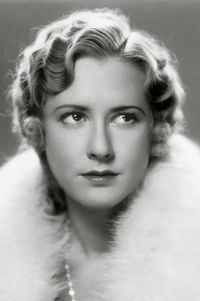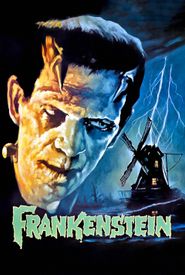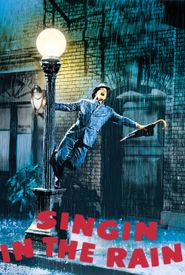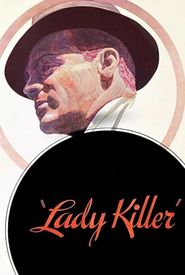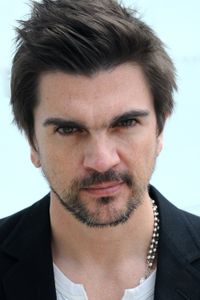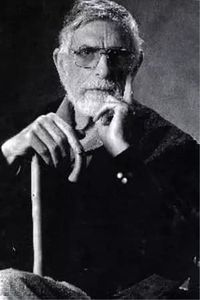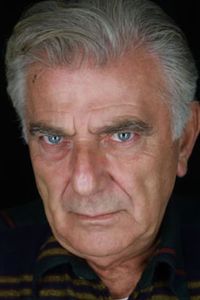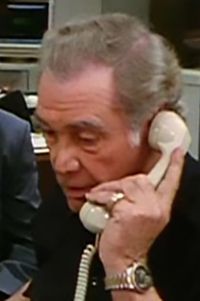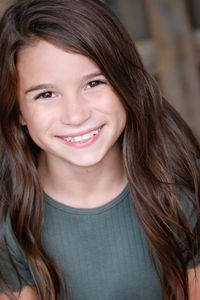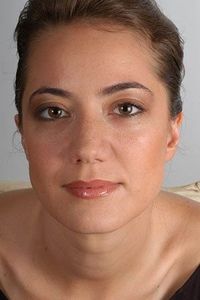Mae Clarke was exposed to the world of cinema from a young age, as her father was an organist at a motion picture cinema. Growing up in Atlantic City, New Jersey, she developed a passion for dance and began performing in nightclubs and amateur theatricals at the tender age of 13.
Clarke's big break came when she was discovered by producer Earl Lindsay and cast in a minor role at the Strand Theatre on Times Square. She went on to perform as a dancer and burlesque artist at the Strand Roof nightclub and the Everglades Club, earning $40 a week. It was during this time that she formed a lifelong friendship with fellow actress Ruby Stevens, who would later change her name to Barbara Stanwyck.
In 1926, Clarke made her debut in legitimate theater, appearing in the drama "The Noose" alongside Stanwyck and Ed Wynn. This was followed by the musical comedy "Manhattan Mary" in 1927. The following year, she married her first husband, Lew Brice, and continued to work in vaudeville.
Clarke's first film role came in 1929, and she went on to appear in several films throughout the 1930s, including "The Front Page" and "Waterloo Bridge". Her performance in "The Front Page" earned her a positive review from Mordaunt Hall of the New York Times.
Clarke is perhaps best known for her iconic role as the hapless girlfriend who is pushed into a grapefruit by James Cagney in "The Public Enemy" in 1931. She went on to appear with Cagney in several more films, including "Lady Killer" and "Great Guy".
Despite her early success, Clarke's career suffered several setbacks, including a nervous breakdown in 1932 and a serious car accident in 1933. She also struggled to adapt to the new Hollywood Production Code, which restricted her ability to portray her signature sexy screen persona.
Clarke continued to work in films throughout the 1940s and 1950s, although her roles became increasingly minor. She made several notable appearances on television, including an episode of "The Loretta Young Show" in 1953.
Clarke retired from acting in the 1970s and devoted her remaining years to painting in the style of Swiss abstract artist Paul Klee. She died in 1992 at the age of 81, leaving behind a legacy as a star of Pre-Code Hollywood.
